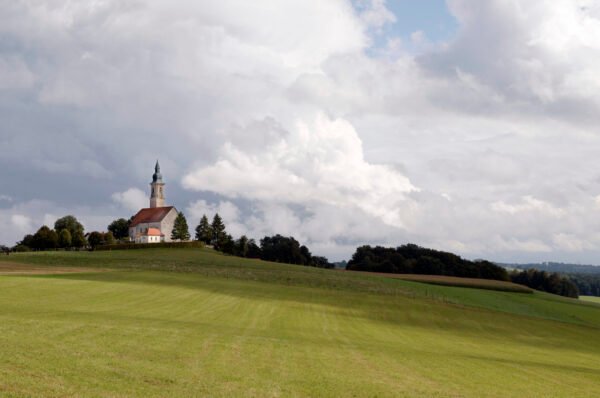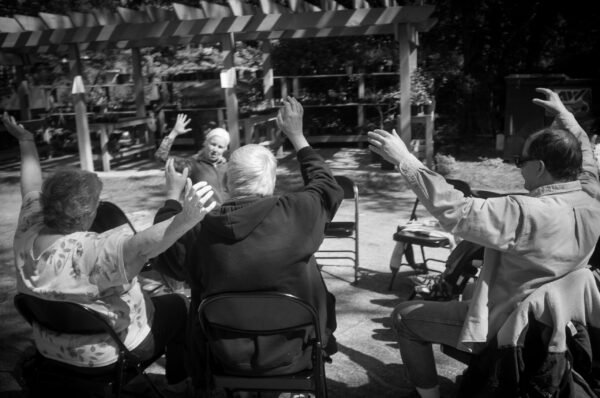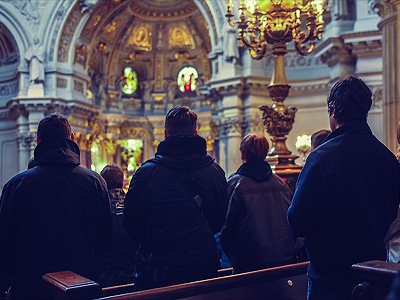Affiliation Matters
The latest Pew Religious Landscape Survey is full of interesting insights into changes occurring in American religion. As I look at these survey results, here are a few of the things I’ve noted. On most measures of religiosity (prayer, attendance, belief, etc.), those who are in the “affiliated” camp are just as observant and believing…





